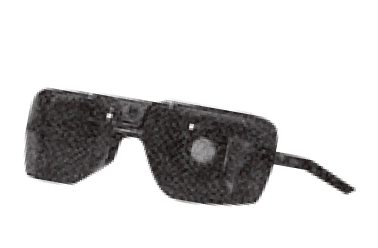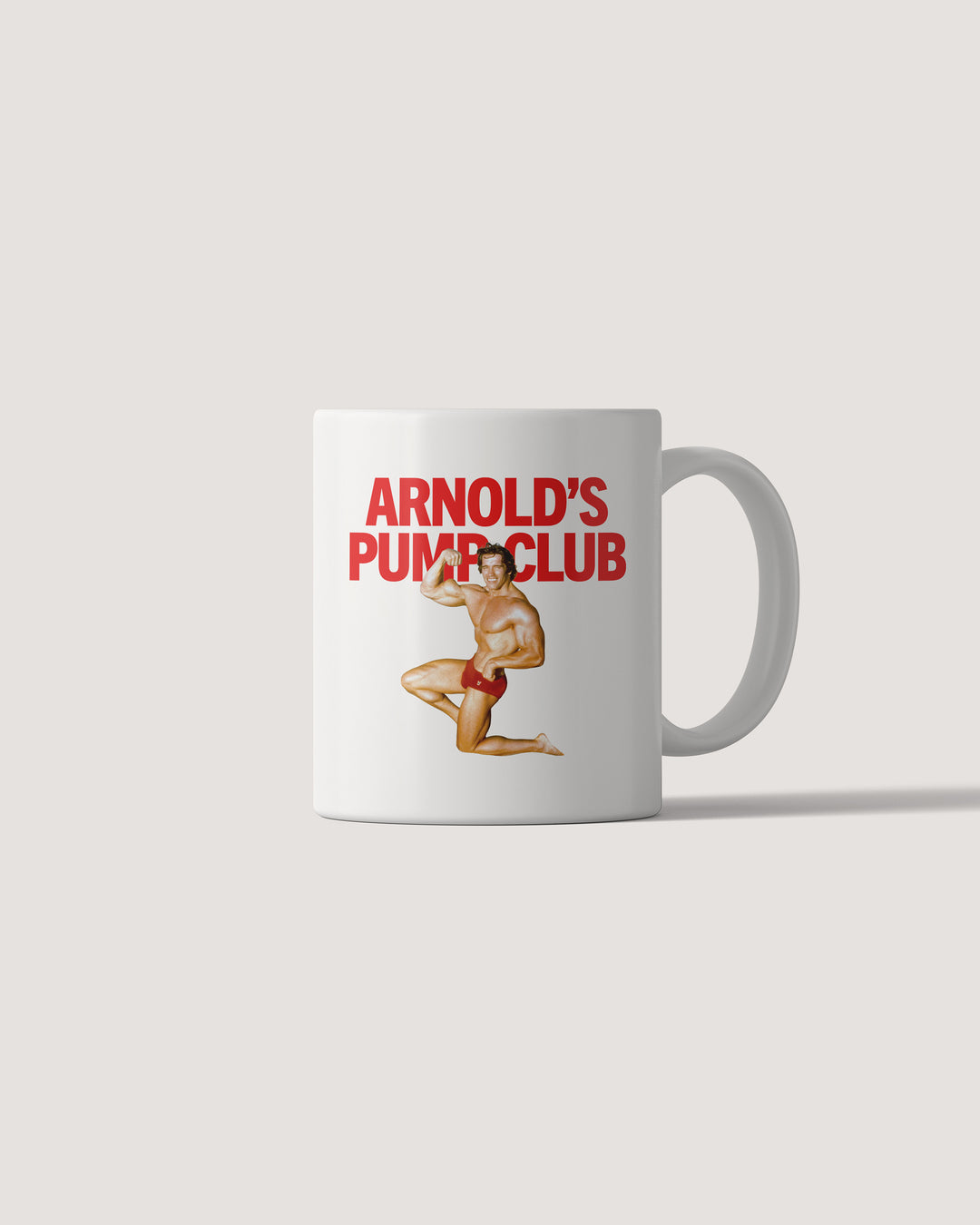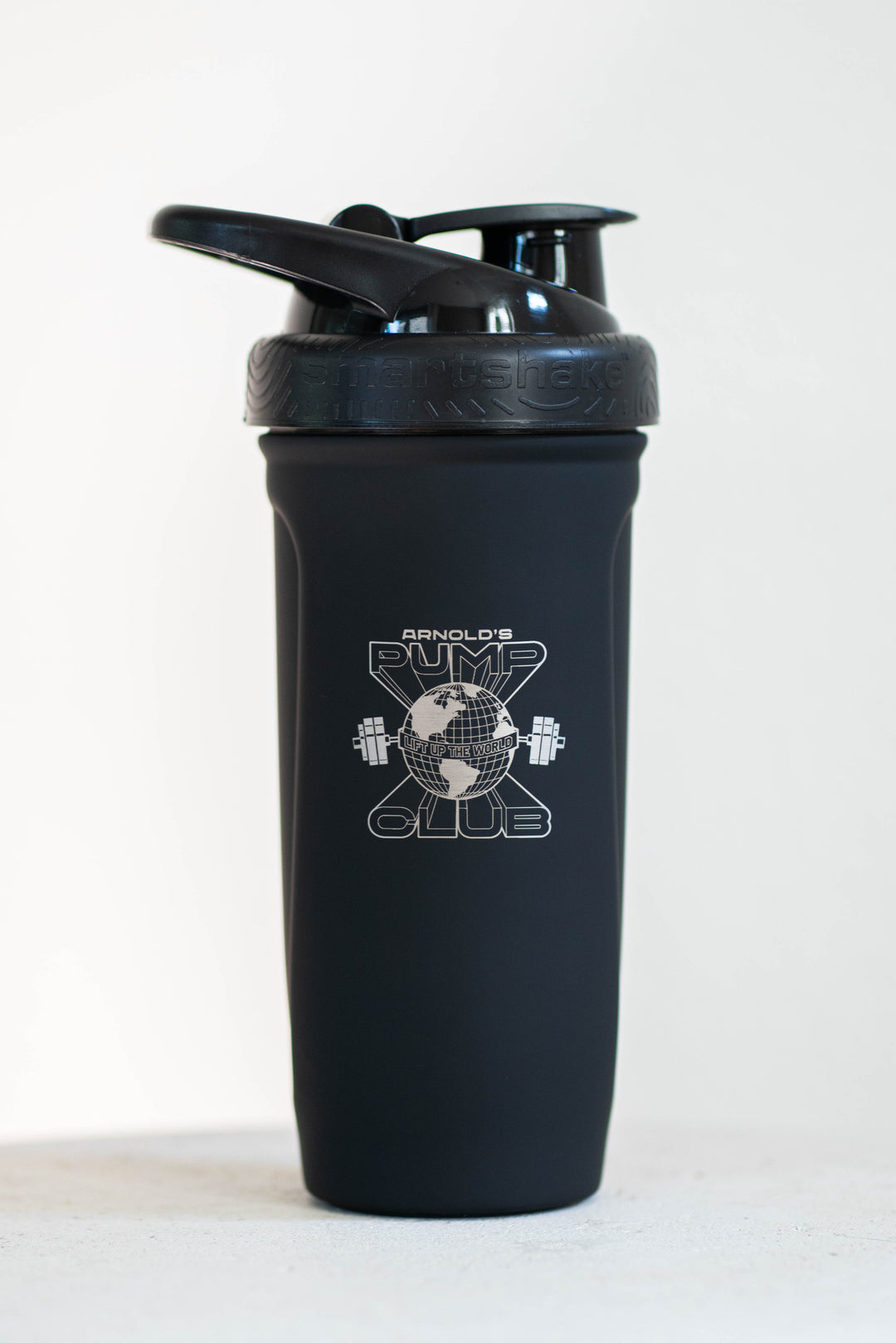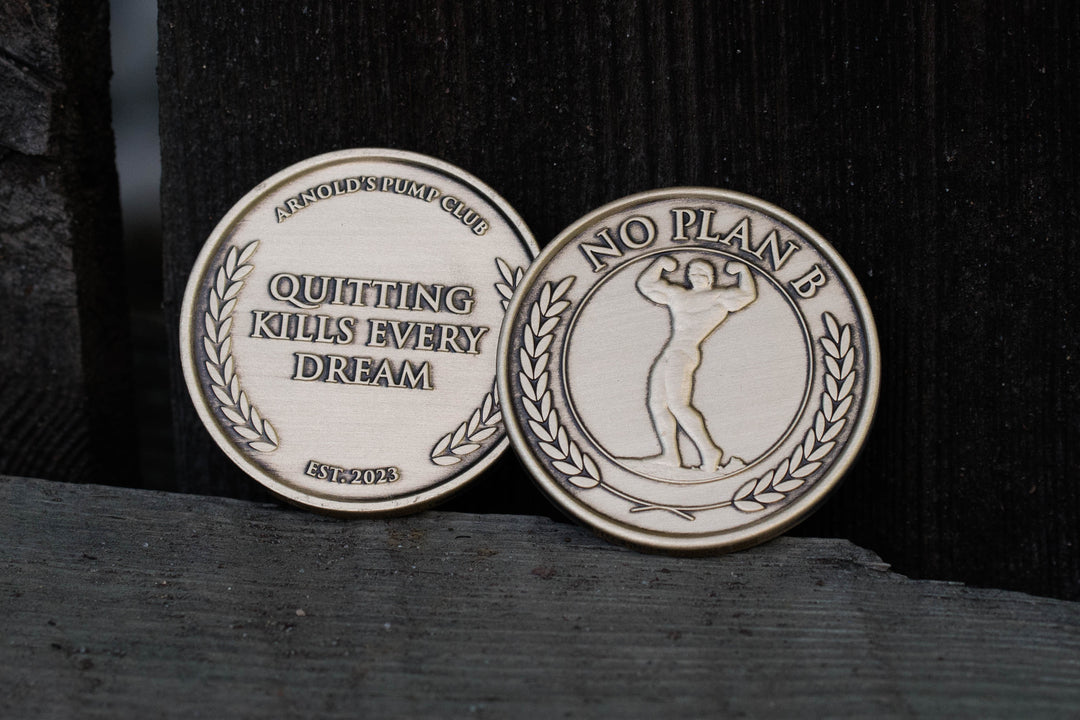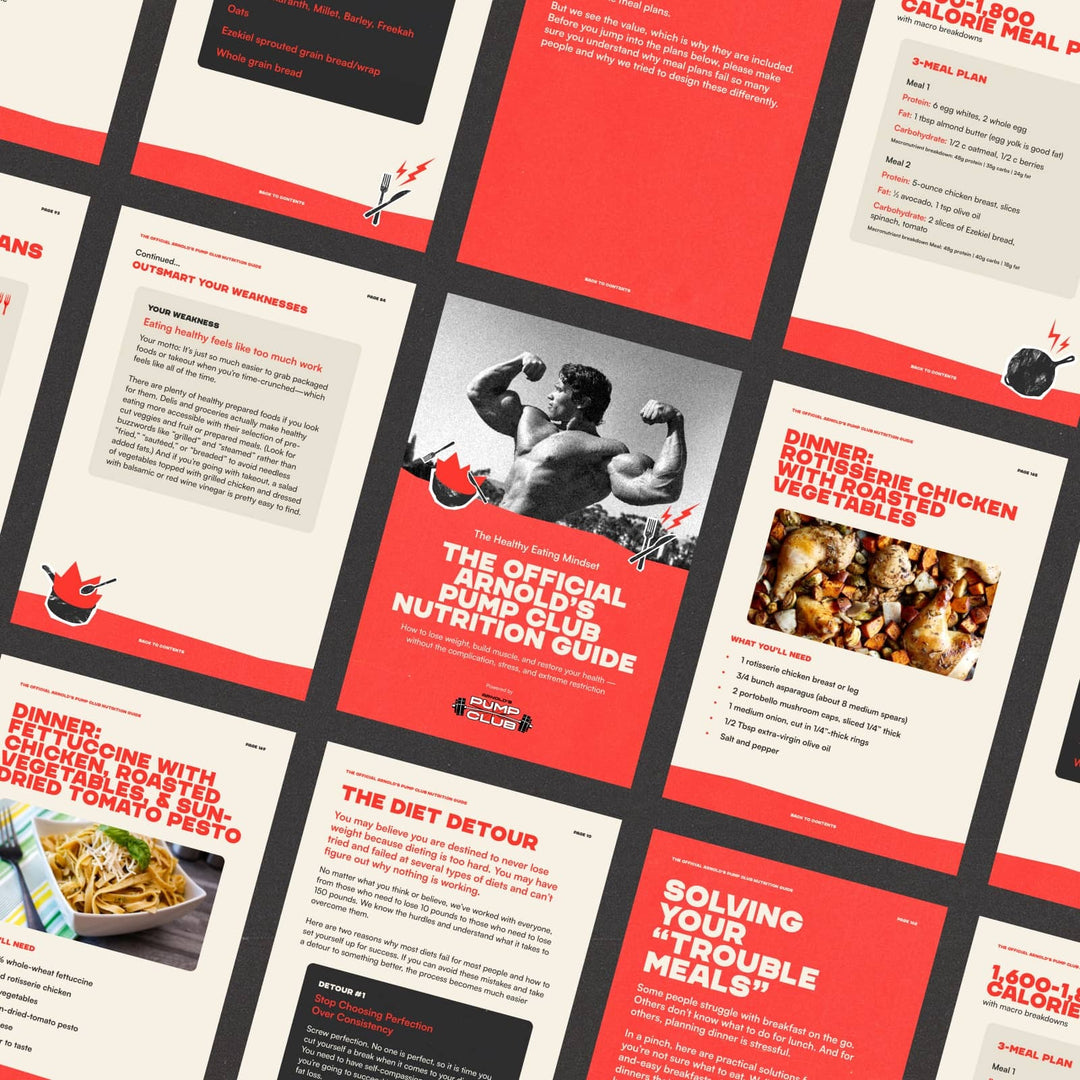Welcome to the positive corner of the internet. Every weekday, we make sense of the confusing world of wellness by analyzing the headlines, simplifying the latest research, and offering quick tips designed to make you healthier in less than 5 minutes. If you were forwarded this message, you can get the free daily email here.
Today’s Health Upgrade
How much plastic do you consume each day?
Spotting dementia before it starts
-
Triple your fat loss
Arnold’s Podcast
Want more stories from Arnold? Every day, Arnold’s Pump Club Podcast opens with a story, perspective, and wisdom from Arnold that you won’t find in the newsletter. And, you’ll hear a recap of the day’s items. You can subscribe on Apple, Spotify, Google, or wherever you listen to podcasts.
Fact or Fiction
Wait, How Much Plastic Do You Consume Per Day?
Microplastics are a problem. The question isn’t whether they make their way into your body (sadly, they do) but how much finds its way into your heart, brain, and other organs.
So, just how many microplastics does the average person consume?
Some social media videos claim you consume a credit card’s worth of microplastics per week. That’s some bad news if true — but is it accurate?
Thanks to the work of Michael Easter, one of our favorite investigative journalists, he found research proving that we consume significantly fewer microplastics than you’re being told.
Scientists found that we consume about a credit card’s worth of microplastics every 23,000 years. This is much less of a threat to your body and your health, but still worth your attention.
Microplastics are tiny plastic particles, usually smaller than 5 millimeters, that can significantly threaten the environment and human health when accumulated in large amounts. These plastics can originate from larger plastic waste that breaks down over time or from intentionally manufactured microplastics, such as microbeads in personal care products
Microplastics are found almost everywhere in our environment due to the extensive use of plastic in daily life and inadequate waste disposal practices. That means they are ocean, soil, food supply, and even our air.
And it’s why so much research is starting to focus on how this impacts our health.
A recent study examined patients who needed a heart procedure to clear plaque from the heart. Not only did nearly 60 percent of the people have microplastics in their hearts — microplastics were linked to a 4.5-fold increase in death, heart attack, or stroke.
And other studies suggest they might be linked to other diseases and health problems, ranging from cancer and dementia to infertility.
At this point, it’s too early to panic simply because there’s so much we don’t know. Even in the study on health risks, the researchers admit they didn’t control for other variables (such as socioeconomic status) that influence health risks. And because plastics are everywhere, the goal isn’t complete avoidance as much as reduced exposure. (Easter’s article explains why we’re not at a code red.)
For now, focus on small, consistent changes because your body can filter and remove waste. If you can reduce your use of plastics — even with small decisions like not using plastic cutting boards, not microwaving food in plastic containers, or limiting the use of plastic water bottles or single-use packaged foods — then you can take control of your exposure and limit the potential for accumulation and risk.
On Our Radar
Spotting Dementia Before It Starts
Alzheimer’s is a debilitating disease that affects nearly 7 million people, but the scariest part might be that the worst is yet to come. Studies suggest that the number might triple over the next 35 years.
However, we might be able to rewrite the future.
New research suggests that breakthrough technology and artificial intelligence could help us identify Alzheimer’s (and other forms of dementia) years before experiencing any symptoms.
By using AI, doctors can now examine blood and combine it with other health conditions, such as hypertension, diabetes, and inflammation, to identify those who are most at risk or likely to be diagnosed.
The advantage is that AI can work with machines to spot changes doctors cannot see.
In another study, scientists trained a machine to recognize changes in brain waves associated with Alzheimer’s. The algorithm then analyzed EEG data from thousands of patients at the Mayo Clinic. The machine correctly identified Alzheimer’s based on brain waves in approximately 90 percent of the cases.
Much more research is needed to bring this technology to life. But if proven effective, it could dramatically shift the future of the disease. Currently, most people begin treatment once symptoms appear. But if diagnosis can happen farther in advance, there’s no way of knowing how much better people might be able to manage — or potentially reverse or prevent — the disease.
Nutrition
Triple Your Fat Loss
There’s no such thing as an ideal diet — but there are principles that make it more likely you’ll experience success. A recent study tested four different types of diets and tracked nearly 1,000 participants for two years.
On the surface, the results didn’t reveal much we didn’t already know. Caloric intake was the biggest determinant of weight loss, even when following very different eating styles. Those who were able to stick to their plan—regardless of the type of diet—saw similar results.
The study created different scenarios in which participants ate different variations of protein, fat, and carbohydrates. For most people, carbohydrates were moderate to high (anywhere from 35 to 65 percent of their calories), while total fat and protein levels were low or high. All of the diets stayed relatively low in calories and restricted saturated fat.
When you examine the data more closely and analyze what happened during the two years, a few habits stick out that you can adjust to your dietary preferences.
The scientists found that if you want to lose more weight, your best bet is to prioritize protein and fiber.
At the end of the two years, the people who ate more protein lost an average of about 17 pounds, which was three times as much fat loss as those who ate the least amount of protein.
And during the first six months of the study, those who consumed the most fiber lost an average of 23 pounds.
That’s why protein and fiber are two tools highlighted in our next featured read in the Pump Club Book Club.
The problem—as is the case with most diets—is sustaining behaviors for the long run. If you want to maintain your success, it helps to focus on better habits rather than short-term changes that fall apart over time.
As a rule of thumb, focus on consuming about 20 to 40 grams of protein per meal from sources such as eggs, fish, poultry, lentils, beans, soy, game meat, or protein powder. And load up on fiber from vegetables, fruit, oats, grains, lentils, and beans.
The habits that drive the best results aren’t restriction and misery but plans that help you eat more protein and fiber, prioritize sleep, and help you consistently prioritize movement (it can be any type of exercise).
—
Publisher: Arnold Schwarzenegger
Editors-in-chief: Adam Bornstein and Daniel Ketchell






